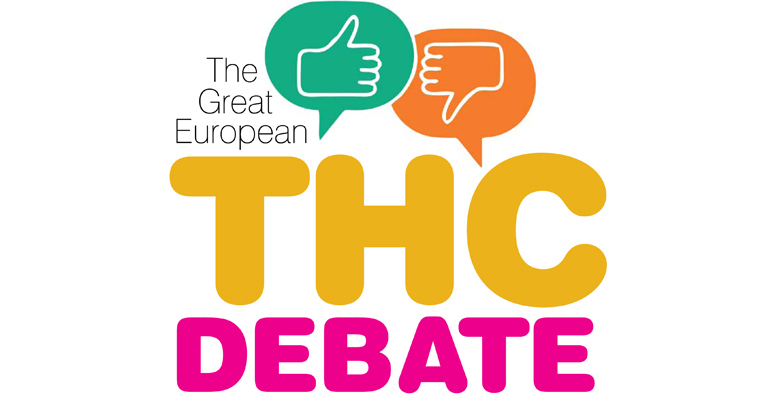The European Parliament has voted in favor of increasing the authorized THC level for industrial hemp “on the field” from 0.2% to 0.3%, a critical step in the process of re-establishing that level of THC for European hemp.
The proposal, long advocated by the European Industrial Hemp Association (EIHA), was included in the Common Agricultural Policy (CAP) reform adopted by the Parliament today.
“This is an historic moment for our industry, for our farmers, for a green future and for all Europeans,” said EIHA President Daniel Kruse. “Finally, the EU has a level playing field again with the global industrial hemp sector.”
Basis for negotiations
The adoption finalizes an official Parliamentary position that will be used in negotiations with the European Council and European Commission in tripartite meetings that are part of the process of getting acts adopted in the EU.
The Parliament also voted for inclusion of hemp in the list of products that can be regulated via marketing standards that aim to improve the economic conditions for production and marketing as well as the quality of agricultural products. EIHA had also pushed for that change, which Kruse said “will give us a chance to gain momentum and catch up with the world.”
Those rules include a wide array of norms concerning such things as technical definitions, labeling, packaging, substances and methods used in production, type and place of farming, and other aspects involved in the hemp value chain.
European THC history
Europe specific THC limit values for industrial hemp were first set at 0.5% in 1984. The limit was later cut to 0.3% based on a standard set out in the 1970s by the International Association for Plant Taxonomy (IAPT), and based on the work of American plant scientists Ernest Small and Arthur Cronquist. Their work for the IAPT set 0.3 % THC (dry weight) as the line between cannabis sativa (“hemp”) and cannabis indica (“marijuana”).
The European Union in 1999 further tightened the allowable amount of THC for hemp to 0.2% in a misguided effort aimed at preventing marijuana grows in industrial hemp fields.
EIHA has all along argued that boosting the THC limit to 0.3% would have no noticeable effect on illicit cannabis production, repeatedly citing studies that have proven there is no more safety risk in hemp containing 0.3% than there is in hemp with 0.2% THC. As that limit was maintained, Europe found itself at more and more of a disadvantage as hemp legalization spread globally and most countries adopted the 0.3% THC standard.
The 0.2% THC barrier has specifically proved a hindrance to CBD producers because CBD in hemp rises in proportion to THC. European scientists and researchers have therefore not been incentivized to develop the high-yield seed varieties and high-CBD strains that are now in great demand. Such strains are absent any significant THC, but can still exceed the 0.2% limit. At the same time, several high-yielding hemp seed varieties, especially from Eastern Europe, have not been viable for farming and production under the 0.2% THC constraint.

